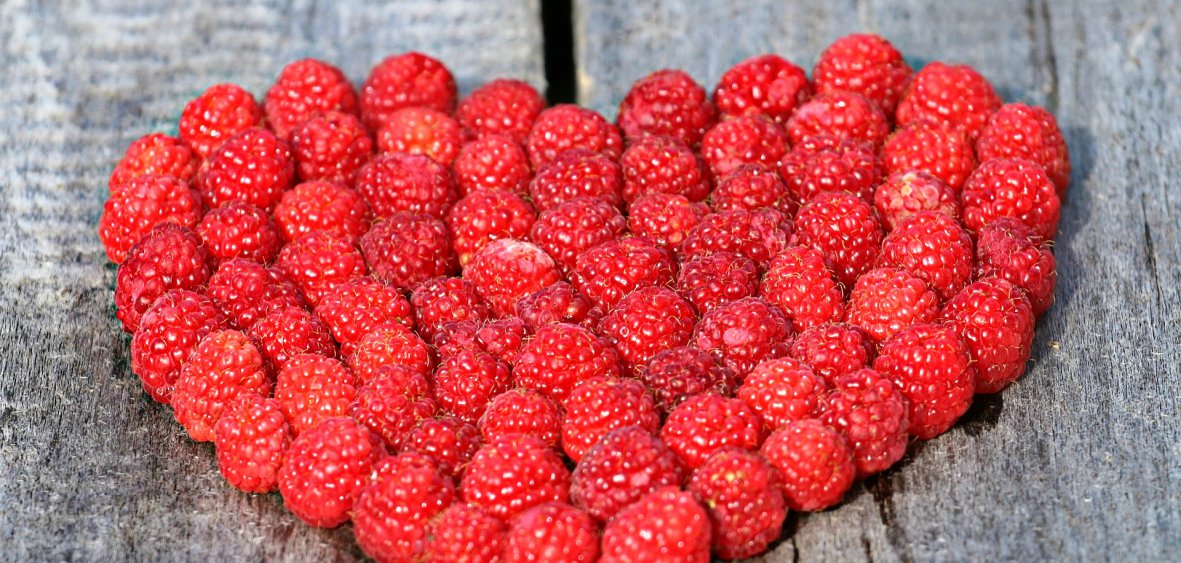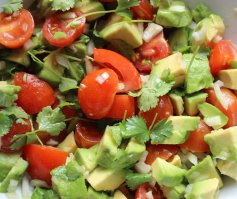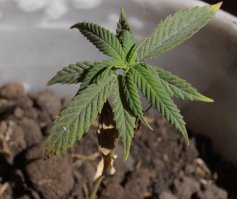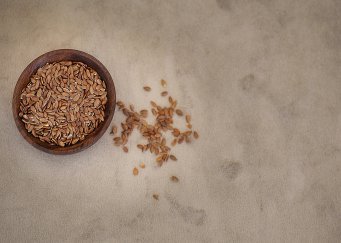Raspberries owe their popularity primarily to their unusual taste. They are also appreciated by nutritionists thanks to their antioxidant power. Fruit is not the only source of many vitamins and minerals - their leaves also have a number of uses. It has been known for hundreds of years that eating fruit and vegetables has many health benefits. Raspberry is a shrub that grows in forests and home gardens. Thanks to the very short fruiting period and the simplicity of cultivation, raspberries are found in many homes. Most of the fruits are red, but there are also varieties with a different colour, which also differ in fruit size and taste.
Raspberries - characteristics
Raspberry fruits contain many different organic acids such as ascorbic, malic and citric acids. In addition, they are a source of fibre and a large amount of minerals (potassium, calcium, magnesium and iron). It should not be forgotten that raspberries are rich in vitamins B, vitamin C and folic acid. They owe their colour to anthocyanins, i.e. compounds which have a positive effect on the body's immunity. Their leaves also have many important ingredients for the functioning of the body. These are tannins, organic acids and mineral salts.
Raspberries - action
Raspberries for fever
Raspberry has antipyretic properties. Very often medicines for children have a raspberry taste, because this fruit is one of the main ingredients of syrup or tablets. It has been proven that drinking raspberry or syrup infusion stimulates sweat glands activities, which results in lowering the temperature of the whole body. The first effects can be noticed after just a few dozen minutes. For a very long time raspberries have been used to control fever because of their availability and effectiveness.
Raspberries will help with stomach problems
Of course, we must not forget about the action of raspberry leaves. Their antibacterial and anti-inflammatory properties inhibit the growth of bacteria, which are one of the causes of diarrhea. Raspberry leaves are also an effective remedy for flatulence and other digestive problems.
Raspberries will relieve menstrual pain
Raspberry consumption should not be forgotten by women either, as it helps to relieve the pain associated with menstruation.
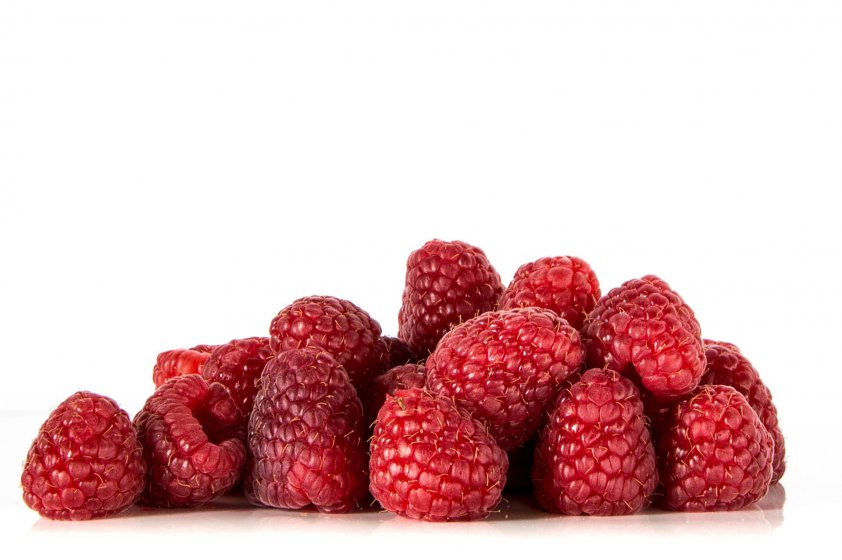
Raspberries during pregnancy and breastfeeding
Many myths about raspberries have been created over the years. One of the most common ones said that raspberries are harmful to both pregnant women and those still breastfeeding. Current studies have shown that there are no contraindications for the consumption of raspberries by young mothers, and are even recommended for morning nausea during pregnancy. However, one should remember not to eat fruits directly after purchase, but to wash them thoroughly and only consume them.
Raspberries - Preparations
Raspberries are harvested in July/August and early autumn. When harvesting, be careful to keep the fruit dry, as damp fruit can quickly spoil. It should also be remembered that raspberries are not suitable for long-term storage. If we do not plan to make any preserves, it is best to simply freeze or dry them in the world.
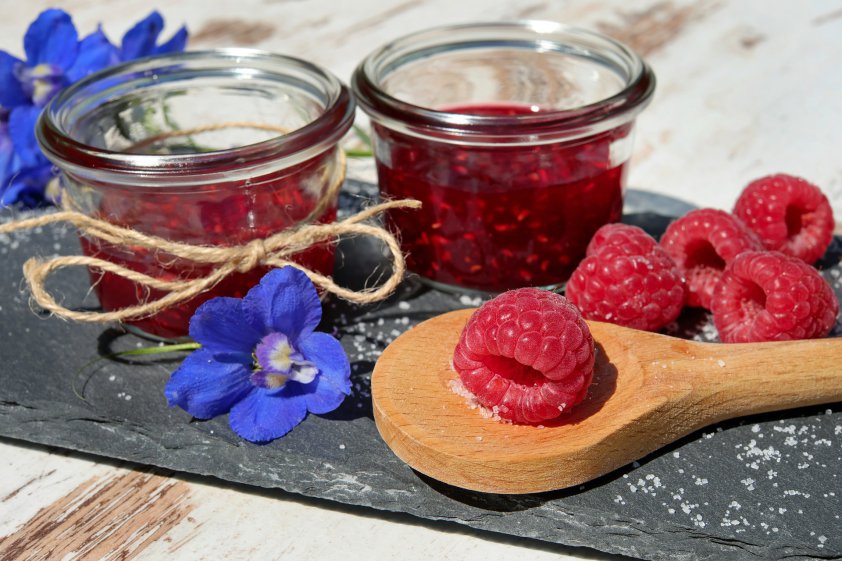
Raspberry juice - recipe
Ingredients:
- 1 kg fresh raspberries
- 350 g sugar
Pour raspberries into a pot, add sugar and pour all 125 ml of water. When bringing to cooking, mix everything so that the fruit does not burn.
Then, after reducing the fire, crush the raspberries into as small parts as possible. When a homogeneous mass is obtained, they should be slightly cooled.
The next step is to strain the juice through a sieve lined with gauze. It is best to pour everything and wait until the juice flows out of its own accord, and then press the rest to extract all the juice from the fruit.
It is a good idea to make a gas knot and squeeze it out. The juice prepared in this way should be boiled again and, depending on the needs, sugar should be added to taste.
Pour still warm juice into containers and leave it to cool down. Store in a cool and dark place.
This amount of raspberries will make almost a litre of juice.
Raspberry wine
Raspberry wine - ingredients:
- 3 l of juice squeezed out of raspberries
- 6 l of water
- 3,5 kg sugar
- yeasts of the Malaga or Madeira type
- yeast medium
In order for the wine to be tasty, the fruit must be carefully disguised, throwing away all the spoiled and mouldy ones, because they will make the wine bitter in taste. After squeezing the juice out of them, pour it into the ridge, add water, sugar and yeast and leave to fermentation process. Pre-fermentation in a bucket can also be done. Put the crushed fruits into the container, add the rest of the ingredients while remembering about a very small amount of water and only one and a half kilograms of sugar. The remaining 2 kg of sugar and water must be added after two days when the pre-fermentation is complete.
Raspberries - calories
Raspberries contain very little calories. There are only 33 kcal in 100 g of fruit. It is also worth mentioning that raspberries have a lot of fibre, as much as 6.7 g in 100 g of fruit.
Raspberries - cultivation
Raspberry cultivation: Before planting raspberries, the soil should be well prepared for their cultivation. Additional enrichment with organic matter will make the later harvest more abundant and the fruits themselves more tasty. It is advisable to check the pH of the soil with an acid meter before applying fertiliser. Raspberries do not have deep roots and therefore require regular watering, especially during drought.
Raspberries require sunny areas with fertile soil with a slightly acidic pH between 6-6,5. They are not suitable for alkaline and sandy soils and too moist.
How to plant raspberries?
Planting raspberries - terms: raspberries can be planted in autumn and spring, but spring is a better solution, because this will prevent young shrubs from freezing. Pot raspberries can be planted all year round.

